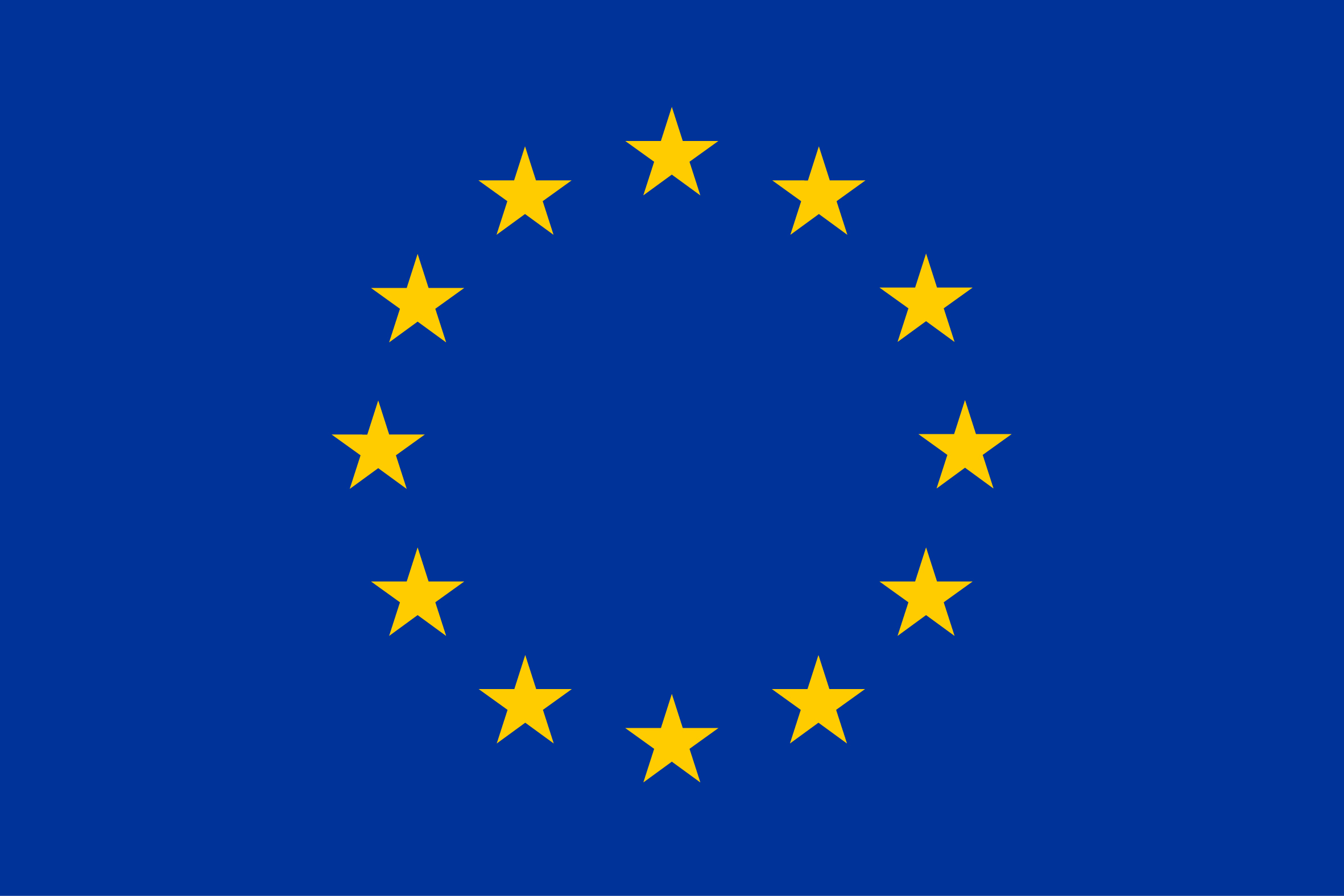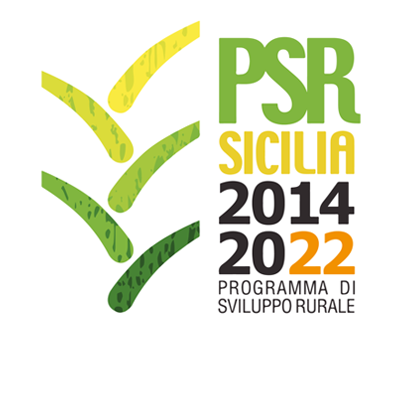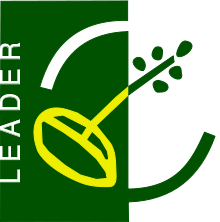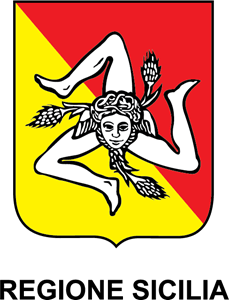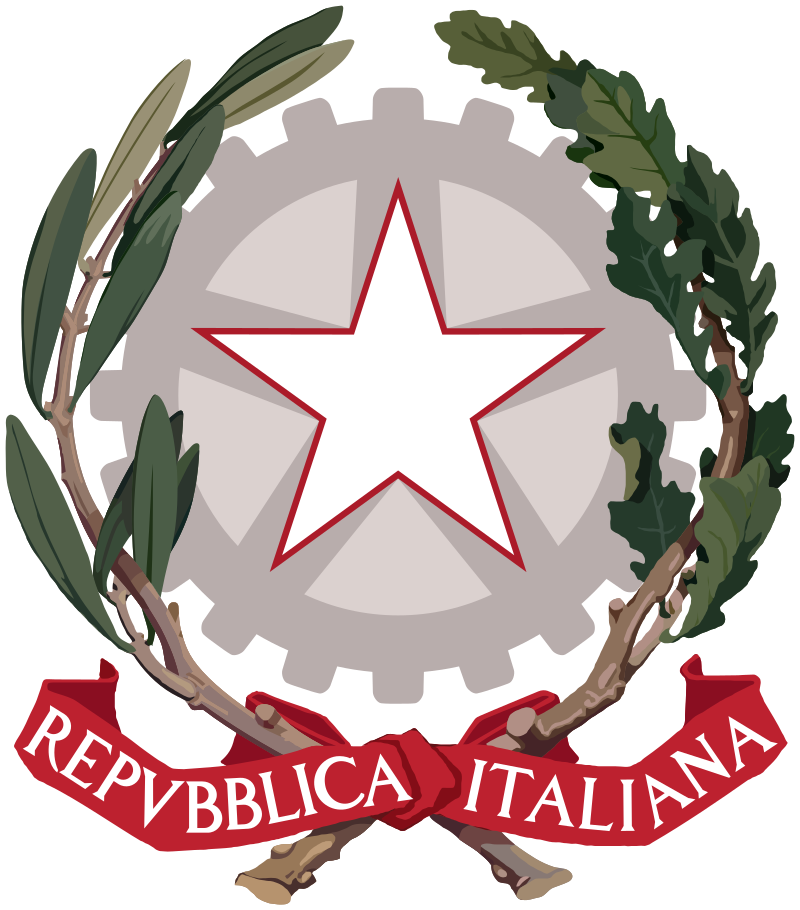Abror Acress Brown
Country
Specie
ISO3
IDN
Language
eng.
Transboundary name
Commercial strain- broiler- Arbor Acres AA broiler breeders
Breed classification (adaptedness)
Exotic
Breed classification (geographic)
International
Domestication status
domestic
Taxonomic classification
Strain
Local cryo conservation status
No Material
Local Risk
Unknown
Detailed local risk status
Unknown
International Transboundary Risk detailed
Unknown
ASA
Country
Specie
ISO3
IDN
Language
eng.
Transboundary name
Commercial strain- layer- ISA Brown
Breed classification (adaptedness)
Exotic
Breed classification (geographic)
International
Domestication status
domestic
Taxonomic classification
Strain
Local cryo conservation status
No Material
Local Risk
Unknown
Detailed local risk status
Unknown
International Transboundary Risk detailed
Unknown
AA-Brown
Country
Specie
ISO3
IDN
Breed classification (adaptedness)
Exotic
Breed classification (geographic)
Local
Domestication status
domestic
Taxonomic classification
Strain
Description of origin
imported; exotic
Local cryo conservation status
No Material
Local Risk
Unknown
Detailed local risk status
Unknown
Sumbawa
Country
Specie
ISO3
IDN
Language
Indonesian
Description
Sumbawa is the island name from where this breed originated
Transboundary name
Hissar
Breed classification (adaptedness)
Locally adapted
Breed classification (geographic)
Regional
Adaptability to specific environment
This breed is known for its heat tolerance.
Specific resistance or tolerance
Resistance to various parasitic diseases (ticks and worms) and to infectious diseases (i.e. Surra, MCF)
Specific reproductive characteristic
Fertility rate is very high
Special characteristic of product
Meat is preferred by Aceh community for traditional food
Color comments
Mostly white for female and gray white for male; and in a small part a combination of black and yellowish red
Number of horns males
2
Number of horns females
2
Horn shape size and comments
Horns have large and long sizes with smaller sizes for male than female.
Wither height males
150
Wither height females
140
Weight males
400.00
Weight females
300.00
Other specific visible traits
Large, long and strong body; thick and smooth skin with many elastic folds; long neckand tapers toward the head. Having large and flabbygumba, as well as humped in male.
Herdbook
n
Description of origin
This breed is originally from Hissar cattle imported from India by the Dutch East Indies, then farmed by people in Sumbawa island
Year of origin
1908
Import
From Punjab, India
Location within country
Sumbawa Island, West Nusa Tenggara Province
Local cryo conservation status
No Material
Local Risk
Unknown
Detailed local risk status
Unknown
Regional Transboundary Risk (detailed)
Unknown
Sumba Ongole
Country
Specie
ISO3
IDN
Language
Indonesia
Transboundary name
Ongole
Other name
Bos indicus, SO
Breed classification (geographic)
International
Adaptability to specific environment
The breed is very heat tolerant and well adapted to thrive on poor pasture.
Other special qualities
Strong, tame and docile temperament.
Color comments
uni coloured: white, greyish, blackish-white
Number of horns males
2
Number of horns females
2
Horn shape size and comments
short to medium horns
Wither height males
135
Wither height females
125
Weight males
500.00
Weight females
350.00
Other specific visible traits
Zebu, big skeleton, strong muscles
Herdbook
n
Domestication status
domestic
Taxonomic classification
Breed
Description of origin
imported from India in 1904 and 1909
Year of origin
0
Location within country
Sumba Island, Maluku and Irianjaya
Local cryo conservation status
No Material
Local Risk
Unknown
Detailed local risk status
Unknown
International Transboundary Risk detailed
Not at Risk
Simmental cross
Country
Specie
ISO3
IDN
Language
eng.
Breed classification (geographic)
Local
Adaptability to specific environment
Animals of this breed require more feed stuff in terms of quantity and quality in comparison to indigenous Indonesian cattle.
Specific resistance or tolerance
This breed is susceptive to ticks and other tropical insects.
Specific reproductive characteristic
The reproductive ability seems to be lower in comparison with indigenous Indonesian cattle.
Special characteristic of product
Simmental has a better meat quality in comparison to Ongole.
Color comments
uni coloured: brown to dark brown with white face
Number of horns males
2
Number of horns females
0
Horn shape size and comments
small horns
Wither height males
132
Wither height females
127
Weight males
850.00
Weight females
520.00
Other specific visible traits
The meat is well marbled.
Herdbook
n
Domestication status
domestic
Taxonomic classification
Breed
Description of origin
imported from Australia (1984)
Year of origin
1984
Location within country
The population is very scattered and mainly found in Java, Sumatra, Nusatenggara and Sulawesi.
Local cryo conservation status
Sufficient
Local Risk
Unknown
Detailed local risk status
Unknown
Sahiwal Cross
Country
Specie
ISO3
IDN
Language
eng.
Other name
SC
Breed classification (geographic)
Local
Adaptability to specific environment
This triple-purpose breed is well adapted to lowlands below 300m asl.
Color comments
uni coloured: mainly brown and brownish-black
Number of horns males
2
Number of horns females
0
Horn shape size and comments
open short horns
Wither height males
130
Wither height females
125
Weight males
600.00
Weight females
500.00
Other specific visible traits
massive medium sized body, females have relatively big udders; males have medium size hump
Herdbook
n
Domestication status
domestic
Taxonomic classification
Breed
Description of origin
composite of Sahiwal (Bos-indicus) and Friesian Holstein imported from New Zealand since late 1985
Year of origin
0
Location within country
north Sumatra, south Kalimantan, south-east Sulawesi
Local cryo conservation status
No Material
Local Risk
Unknown
Detailed local risk status
Unknown
Pogasi Agrinak
Country
Specie
ISO3
IDN
Language
English
Breed classification (adaptedness)
Locally adapted
Breed classification (geographic)
Local
Adaptability to specific environment
These cattle are highly heat tolerant.
Color comments
Hair colour of commonly white to yellow, white and black nose and black tail.
Wither height males
133.8
Wither height females
124.4
Weight males
439.40
Weight females
415.50
Other specific visible traits
Rectangular shaped body with a larger front and oval face profile and flat forehead. Big size of hump (male) and medium size of hump (female). Thick and folded wattle stretched from its neck to navel, black and flat snout
Herdbook
y
Herdbook established
2002
Description of origin
breeding of Ongole crossbred cattle with characteristics capable of utilizing high coarse fiber feed and low protein, higher performance, and body weight than Ongole crossbred cattle
Local cryo conservation status
No Material
Local Risk
At Risk
Detailed local risk status
Critical Maintained
Pesisir (sum )
Country
Specie
ISO3
IDN
Language
indon.
Other name
Bantiang ratuih, Bos sumatraensis, Jawi ratuih
Breed classification (adaptedness)
Locally adapted
Breed classification (geographic)
Local
Adaptability to specific environment
This breed is very heat tolerant.
Specific resistance or tolerance
Tolerance to disease and ticks
Specific reproductive characteristic
Early maturity and highly ferlitity
Special characteristic of product
Good quality of lean meat
Color comments
uni coloured: very variable, mainly yellowish-red
Number of horns males
2
Number of horns females
2
Horn shape size and comments
small horns
Wither height males
105
Wither height females
100
Weight males
200.00
Weight females
150.00
Other specific visible traits
small animals
Herdbook
n
Description of origin
indigenous breed
Location within country
Sumatera Island
Local cryo conservation status
No Information
Local Risk
Unknown
Detailed local risk status
Unknown
Peranakan Ongole
Country
Specie
ISO3
IDN
Language
Indonesia
Description
Peranakan Ongole (Ongole Grade) is the name of crossbred cattle between Java cattle and ongole.
Transboundary name
Ongole
Other name
Java-Ongole Cross, Javanese Ongole, PO, Upgrade Ongole, Brenggolo (java.)
Breed classification (adaptedness)
Locally adapted
Breed classification (geographic)
International
Additional information
included in Bos Indicus famly
Additional information comments
has a good ability in tropical conditions and less of feed
Adaptability to specific environment
These cattle are highly heat tolerant.
Specific reproductive characteristic
The reproductive rate is low.
Special characteristic of product
A strong draught animal highly appreciated by Javanese farmers.
Color comments
uni coloured: white, grey, greyish white, blackish white
Number of horns males
2
Number of horns females
2
Horn shape size and comments
zebu horn shape
Wither height males
135
Wither height females
125
Weight males
500.00
Weight females
350.00
Other specific visible traits
Phisically seeming to Ongole cattle, i.e. large body size, short head with a curved profile, long hangingears, big eyes, bright skin around the eyes, large hump, and flabby skin folds under the neck.
Herdbook
n
Description of origin
Peranakan Ongole cattle was originated from the crossing between of Ongole and Javanese cattle
Year of origin
1905
Import
Ongole cattle from India
Location within country
Mostly distribute across all provinces in Indonesia.
Local cryo conservation status
Sufficient
Local Risk
Unknown
Detailed local risk status
Unknown
International Transboundary Risk detailed
Not at Risk
